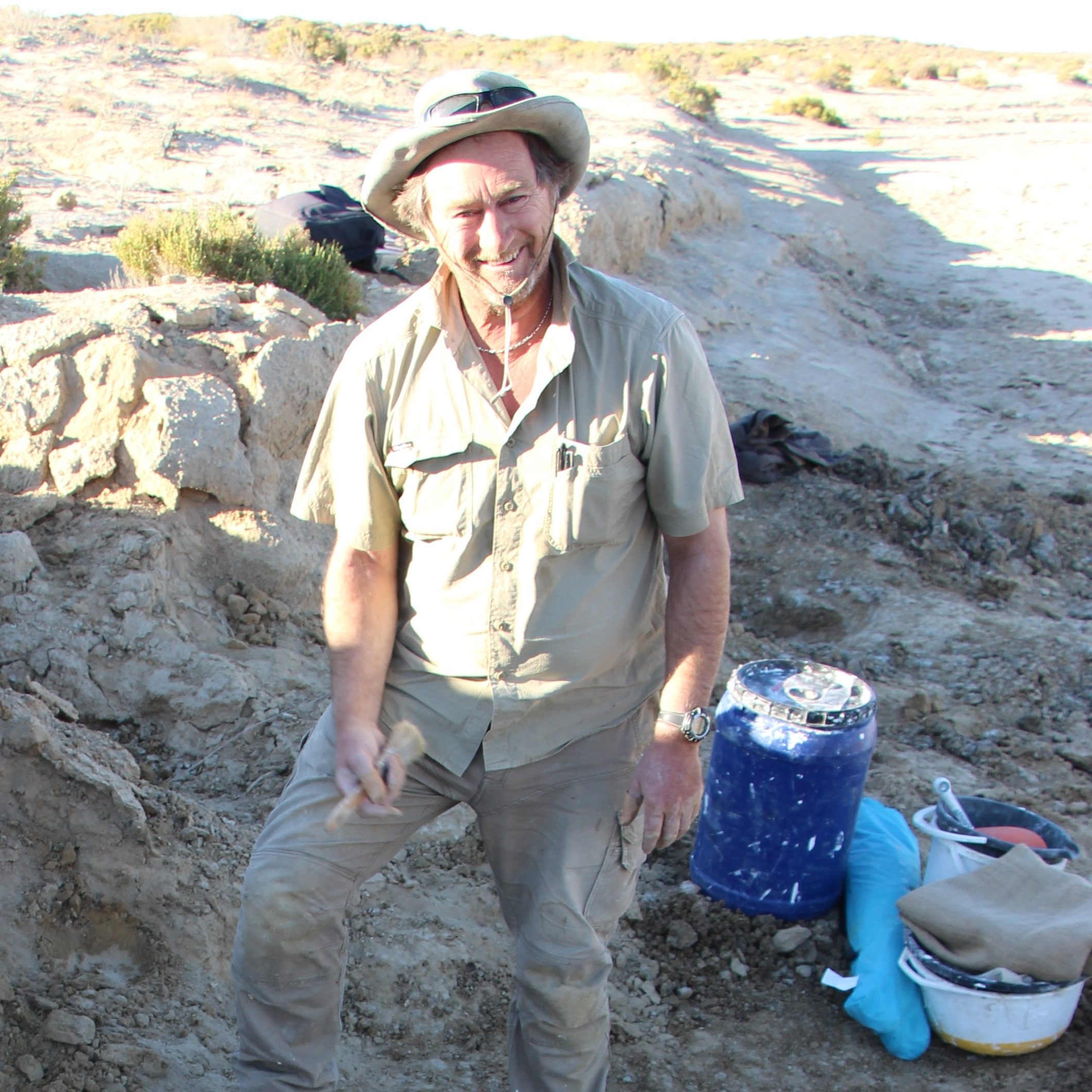Research Fellow
Trevor Worthy
Hailing from the Land of Birds, it is apt that I have long had a fascination with feathered critters. Many years caving in New Zealand and around the world introduced me to Quaternary fossil birds. I jumped in the deep end and entered the world of avian palaeontology with the search to understand the diversity and biology of those most iconic of NZ birds, the moa. Subsequently, collaborations with morphologists and molecular biologists has led to great insights on moa diet and the effects of geography and sex on these birds.
Surprisingly, numerous new species awaited discovery in the NZ Quaternary avifaunas, and they remain an ongoing interest. But the Pacific, from New Caledonia eastwards to the Marquesas comprises hundreds of islands where birds also dominate vertebrate faunas. Soon I began investigating these avifaunas, usually in collaborations with archaeologists, to reveal the prehuman avifaunas. This interest is ongoing with work on Tonga and elsewhere.
Birds from deeper in time first grabbed my attention in the new millennium. A new major research theme began in 2001 when I first started exploring the 20 million year old St Bathans Fauna, from Otago, NZ. It has become internationally significant as the only insight into the terrestrial vertebrate fauna of NZ between when dinosaurs went extinct and the late Quaternary. The St Bathans team includes scientists from Canterbury Museum, Museum of NZ, University of NSW, and Queensland University. Ongoing work is revealing a spectacular and unexpected fauna including crocodilians, turtles, bats, land mammals and many birds.
Unconventionally, after a couple decades of doing such research, I moved to Adelaide to undertake a belated PhD, beginning a new chapter. Avian palaeontologists were as rare as hens’ teeth in this vast continent and so fossil birds from many places begged investigation, especially from the rich sites in northern South Australia, Northern Territory and Queensland. For the last decade, I have worked on birds as diverse as the giant mihirungs, emu ancestors, waterfowl, shags and rails to reveal the origins of the unique Australian avifauna and how it fits into the world of birds. With our team here in Flinders, we pursue projects in all these areas and more – there is no shortage of fossil birds to keep us amused for years to come.
